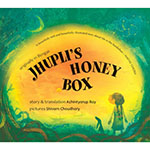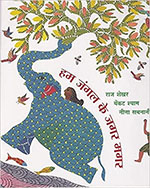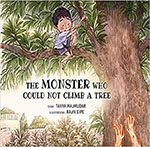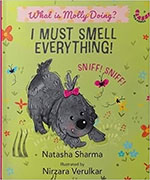Children’s Books
Gond art and a folk song sourced from a tribe in Telangana come together in a delightful picture book for children, Hum Jungle ke Jagar Magar. The three people who got together to make this book: Raj Shekhar, Venkat Shyam, and Nina Sabnani have rich experience and credentials for this kind of work. Raj Shekhar is a well-established poet and has been awarded Kavya Samman by the Hindi Academy.
The story of little Bachni is true manifestation of how little girls like her grow up to become women like Bachendri Pal, who not only dare to dream but also climb mountains, and in her case, quite literally.
Written and illustrated by Lavanya Karthik, The Girl who Climbed Mountains: Bachendri Pal, a short biography
Tanya Majmudar’s The Monster who could not Climb a Tree is a delightful story that offers an insight into a child’s world and their relationship with nature. The story is accompanied by beautiful illustrations and is suitable for children aged 7 and above.
when concepts are hardest to convey, but sink in the deepest. So, if you were faced by the challenge of explaining empathy to a five-year-old, how would you try to do it? Natasha Sharma seems to be trying to do that. Molly, ‘a mix between a cocker spaniel and something else’ explains to us how important it is for a dog to smell everything.

Story & translation by Achintyarup Ray.Translated from the original Bengali. Illustrations by Shivam Choudhary
2022
Jhupli belongs to the Sunderbans, and her father goes out into the forests every other day to collect honey from the forests. It is his occupation, necessary to feed his family and send his children to school, even Jhupli, a girl child. As depicted in a two-page illustration, when home, he breaks off a tiny bit from a honeycomb he had brought and gives it to Jhupli. For my father, who would have been 100 next year, it used to be roadside masala-muri, damp by his delay.




